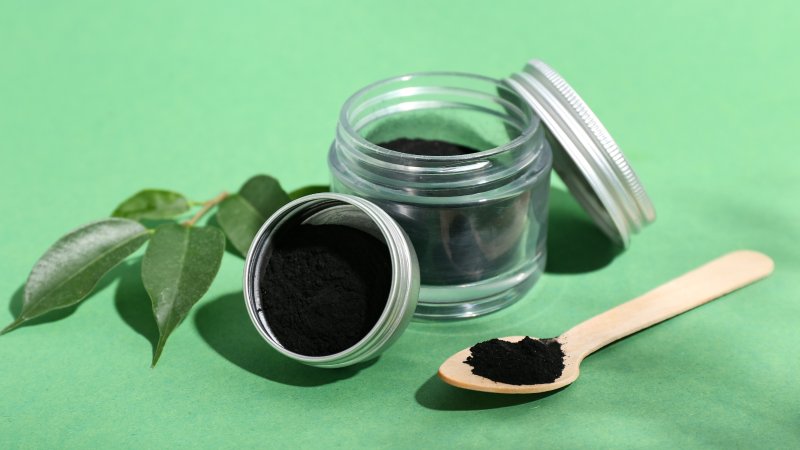
Making kajal (also known as kohl) at home is a traditional practice in many cultures, especially in South Asia and the Middle East. While the herbal kajal method we discussed earlier is one of the oldest, there are several ways to make kajal using different ingredients and techniques. Each method offers unique benefits and is rooted in various traditions.
Here are some different methods of making kajal, including traditional, herbal, and more modern approaches:
1. Traditional Soot-based Kajal (as previously discussed)
Ingredients:
- Ghee (clarified butter)
- Castor oil
- Almond oil or sesame oil
- Camphor
- Soot or ash (gathered from a lamp or candle flame)
Process:
- Collect soot from a ghee-oil lamp or wick.
- Combine with oils to form a paste and add a bit of camphor for cooling properties.
Benefits:
- Cooling for the eyes
- Soothing and moisturising effects
- Antibacterial and anti-inflammatory properties
2. Charcoal-based Kajal
Ingredients:
- Activated charcoal powder
- Ghee or coconut oil (for a smoother, more spreadable texture)
- Aloe vera gel or rose water (optional, for skin soothing)
- Essential oils (optional, e.g., lavender or rose for fragrance)
Process:
- Mix activated charcoal powder with a carrier oil like ghee or coconut oil.
- Blend until smooth and creamy.
- Add aloe vera gel or rose water for additional soothing properties.
- Store in a small jar or container.
Benefits:
- Activated charcoal has detoxifying and cleansing properties.
- It’s great for darkening the waterline and making the kajal more intense.
- Works well for oily or acne-prone skin around the eyes.
3. Herbal Powder-based Kajal
Ingredients:
- Amla powder (Indian gooseberry): Rich in vitamin C, it helps nourish the delicate skin around the eyes.
- Neem powder: For its antibacterial properties.
- Camphor: For cooling the eyes.
- Honey or ghee: For binding and moisturising.
- Rose water (optional): For soothing and refreshing.
Process:
- Mix the herbal powders with honey or ghee to form a paste.
- Add a small amount of camphor for cooling.
- Optionally, add rose water to make the mixture more fluid.
- Store in an airtight container.
Benefits:
- Nourishing and rejuvenating for the skin around the eyes.
- Antibacterial properties from neem help prevent eye infections.
- Amla brightens and strengthens the eyelashes.
4. Almond Oil and Ghee-based Kajal
Ingredients:
- Pure almond oil (rich in vitamin E)
- Ghee (clarified butter)
- Castor oil (for a thicker consistency)
- Activated charcoal or soot for colour
Process:
- Mix almond oil, ghee, and castor oil in equal amounts.
- Slowly add activated charcoal or soot until you achieve the desired darkness.
- Stir well to ensure the paste is smooth.
- Store in a small container for use.
Benefits:
- Almond oil nourishes and softens the skin.
- Ghee has healing properties and is a natural emollient.
- Castor oil makes the kajal thicker and smoother.
5. Herbal Ghee-based Kajal
Ingredients:
- Pure ghee (clarified butter)
- Aloe vera gel (soothing and cooling)
- Saffron (optional, for fragrance and skin benefits)
- Black soot or charcoal powder (for dark pigmentation)
Process:
- Heat ghee in a pan and let it melt.
- Slowly add aloe vera gel and stir to combine.
- Add black soot or charcoal powder to darken it.
- Optional: Add saffron for fragrance and skin benefits.
- Allow it to cool and solidify into a creamy consistency.
Benefits:
- Ghee provides deep nourishment and softens the delicate skin around the eyes.
- Aloe vera cools and calms irritation.
- Saffron has a natural fragrance and is said to brighten the skin.
6. Coconut Oil and Soot-based Kajal
Ingredients:
- Coconut oil (or another light oil like almond oil)
- Soot (collected from a candle or oil lamp)
- Pure camphor (for cooling)
Process:
- Heat coconut oil in a small pan.
- Add collected soot and blend until it forms a smooth paste.
- Add pure camphor for a cooling effect and a refreshing fragrance.
- Let the mixture cool and solidify.
Benefits:
- Coconut oil is great for moisturising and promoting healthy skin.
- Soot gives the kajal its deep black colour.
- Camphor refreshes and cools the eyes.
7. Bee Wax and Shea Butter Kajal
Ingredients:
- Beeswax (to solidify the kajal and make it easier to apply)
- Shea butter (moisturising)
- Activated charcoal or soot
- Rose water or lavender oil (optional for fragrance)
Process:
- Melt beeswax and shea butter together over low heat.
- Add activated charcoal or soot for colour.
- Once it has cooled slightly, stir in rose water or lavender oil for fragrance.
- Pour into a small container to set.
Benefits:
- Beeswax helps the kajal stay intact and provides a smooth texture.
- Shea butter moisturises and nourishes the delicate eye area.
- Activated charcoal provides deep pigmentation and detoxifying benefits.
8. Natural Kajal Sticks
Some traditional methods involve making kajal sticks that can be directly applied to the eyes. This is done by combining ingredients like ghee, charcoal, and soot into a solid paste, which is then formed into a small, firm stick shape. These sticks can be used to apply kajal without the need for brushes or fingers.
Tips for Making and Using Homemade Kajal:
- Storage: Always store your homemade kajal in airtight containers to prevent it from drying out or becoming contaminated.
- Cleanliness: Use clean utensils and containers to prevent any bacterial growth, especially since kajal is used near the eyes.
- Patch Test: Always do a patch test on your skin before applying kajal to your eyes to ensure you’re not allergic to any of the ingredients.
- Eye Safety: Avoid getting kajal in the actual eyeball. Apply only to the waterline or along the lash line.
Each of these methods offers different properties depending on your skin type, desired finish, and whether you're looking for nourishing, cooling, or darkening effects. The key is to use natural ingredients and avoid harmful chemicals that can irritate the eyes.
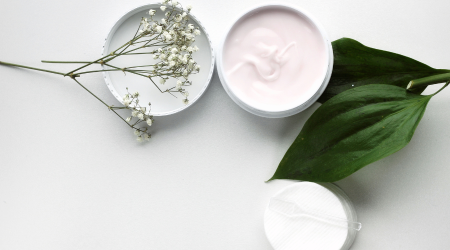





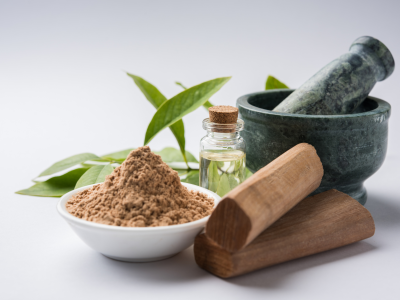
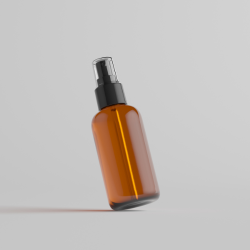

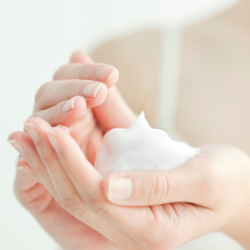

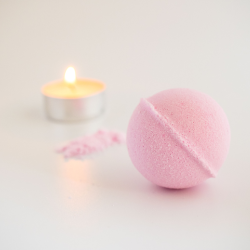





Leave a comment